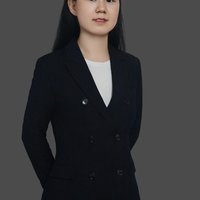Nanotechnology & materials
Yanhao Dong
Improving the structural and functional properties and the adaptability to extreme conditions of advanced ceramic materials.

Asia Pacific
Wenjie Tian
Low-cost functional nanomaterials, sustainable semi-artificial technologies and green catalytic techniques.

Asia Pacific
Luying Yi
She achieved non-traditional wavelength adaptability and the feasibility of self-powered optical sensing.

Latin America
Ariane Pelicioli
Reducing water use for urine disposal in toilets by up to 100%.

China
Yang Liu
Providing a crucial foundation for on-chip low-noise lasers, miniaturized photonic Radars, and more.
